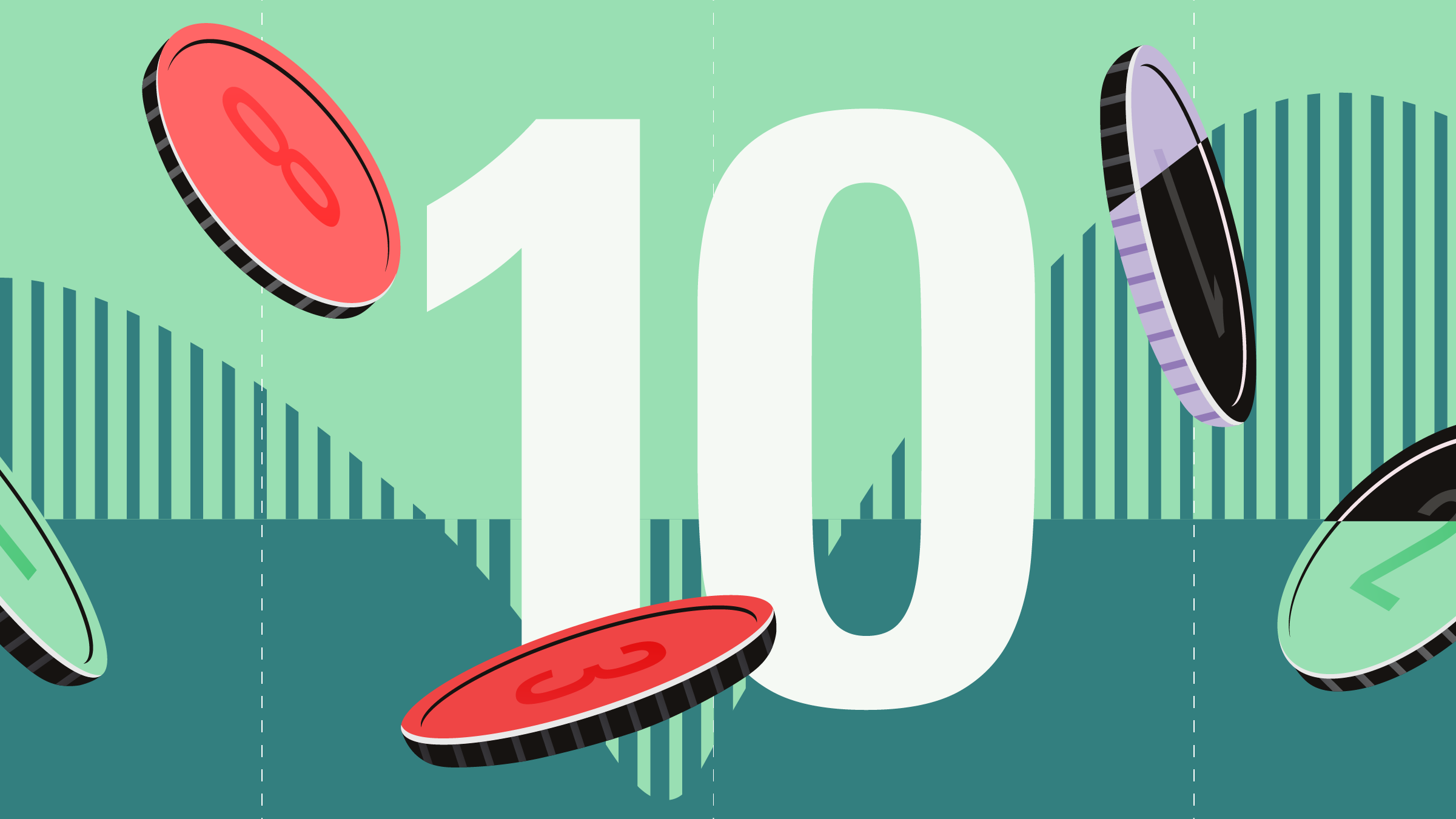The consensus can be dead wrong. In 2014 most economists, including myself, expected a bear market for bonds. Instead, long-term yields fell across major currencies. Troubled European sovereigns were no exception. Italy closed 2014 borrowing five-year money for less than 1%, down from 2.7% a year earlier.
To be fair to Mr. Consensus, a few of his clichéd forecasts were right. The Federal Reserve tapered asset purchases and eventually shelved quantitative easing. The dollar rose. It was a year of sluggish growth, globally. China stayed on course for a soft landing. Fiscal headwinds did ease. Japanese headline inflation accelerated, even if only thanks to the consumption tax. Commodity prices didn’t rise. Globally, inflation was lower than it’s been in decades. The eurozone’s recovery was indeed slow and uneven—Spain, however, surprised on the upside, and Italy and France disappointed.
But the mainstream was caught out on many fronts, besides interest rates. The Bank of Japan launched another wave of asset purchases. The Bank of England didn’t raise interest rates, despite signals to the contrary in 2013. U.S. unemployment fell below 6%, and oil prices below $60. Russia took a bite off Ukraine. The Fragile Five made it to December. Brazil, however, lost “its” World Cup in a crushing defeat to Germany. Reigning champion Spain, to my chagrin, didn’t make it past the preliminary phase.
China
Two headwinds held back China during 2014. One was Beijing’s attempt to rebalance the economy and contain a runaway shadow financial sector. The second one was the cooling off of the property sector. Both contributed to keep real GDP growth at 7.4% in 2014.
The home stretch of 2014 saw signs of weakness. Industrial production expanded 7.2% from a year before in November, less than the 7.7% posted in October. The average output Purchasing Manager Index fell from Q3 to Q4. The composite index declined quarter-to-quarter, for manufacturing; for services, however, it rose a little.
In 2015 I expect Beijing to announce a growth target between 6.5% and 7%—the consensus forecast of growth is 7%, so a lower goal should be a surprise.
Fixed investment spending has tempered, from annual rates of 25% in 2010 to close to 15% now. The latter is still too high, but policymakers believe in a gradual approach to rebalancing, so I don’t expect a collapse. If necessary, the government will roll out new stimulus measures to support investment and keep overall growth close to 7%. A modest example of policy support was the cut, by the People’s Bank of China, of its benchmark rates in November. That was the first such move since July 2012.
India
Another letdown in 2014, when the economy probably grew close to 5.5%, just one percentage point more than in 2012 and far below the near-10% pace achieved from 2005 to 2008, and in 2010-2011. While I don’t think that pace is sustainable in the long term, a cyclical return to something closer to 7% should be possible.
The first quarter of 2015 should see a growth spurt, thanks to lower oil prices--India is one of the world’s largest importers. Consumers will benefit from cheaper oil through lower retail prices. In addition, the Reserve Bank of India can afford to lower interest rates (as it did this month), because inflation has dropped.
Inflation dropped to a record low 4.4% in November and, although it bounced to 5% in December, it’s still at multi-year lows. Wholesale price inflation is essentially zero, and could well turn negative in January. Provided that price pressures stay low, further cuts should bring the key repo rate down to at least 7%, if not lower.
The pace of reform seems to have picked up in late 2014. The Modi administration took advantage of cheaper oil to scrap diesel subsidies, while also increasing prices for natural gas. The change should improve the fiscal balance or re-route resources to more important uses, such as public infrastructure. The government also lifted limits on foreign investment in a few sectors, and sent a bill to parliament for the implement a national goods and services tax, replacing the panoply of state taxes. With no state elections until November, Modi should be able to pursue contentious reforms for the next few months.



























